Your vital organs—screened
Scan your body for potential cancer and 500+ conditions in up to 13 organs.




Our scan is designed to















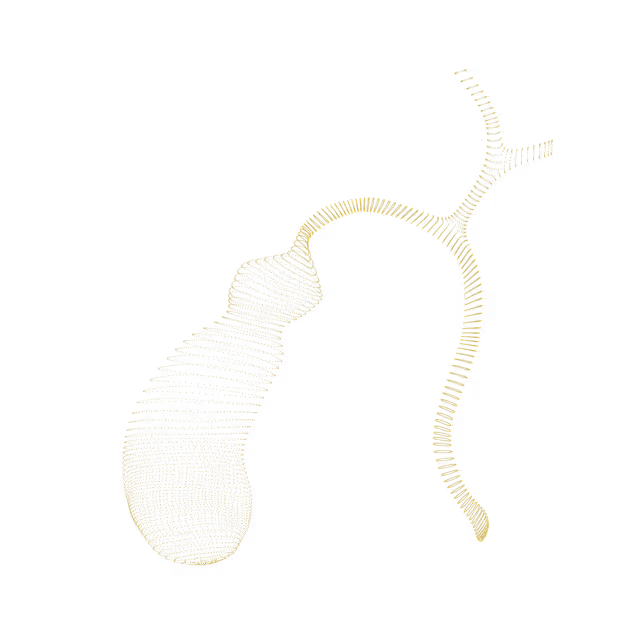
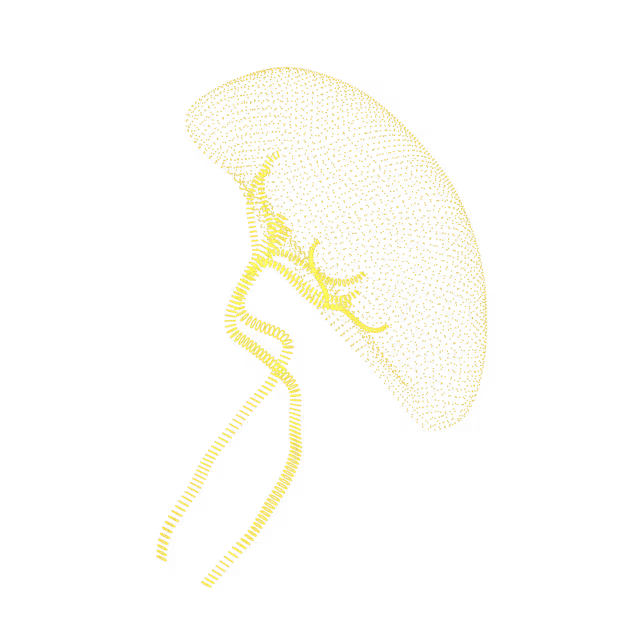

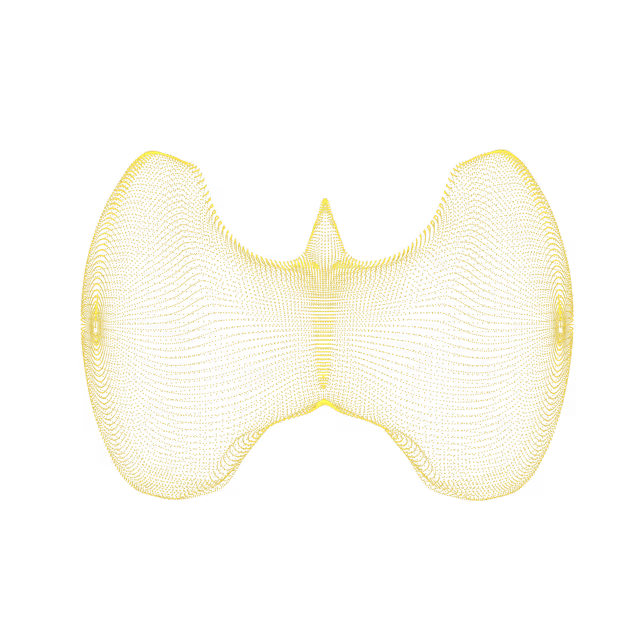

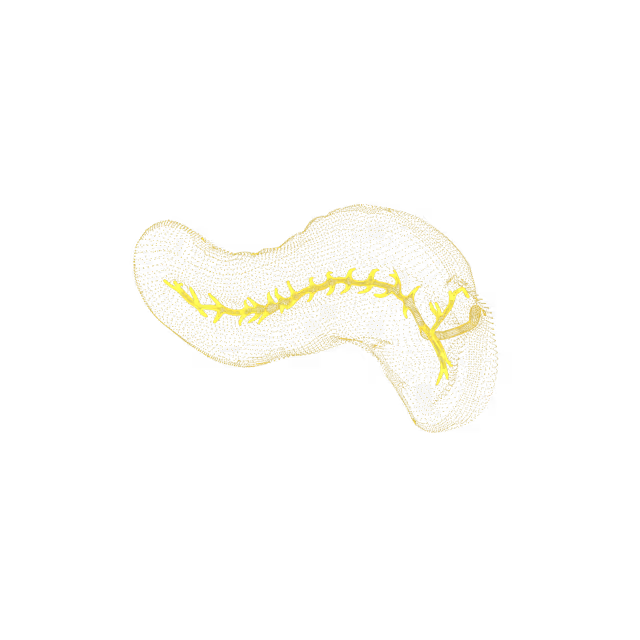
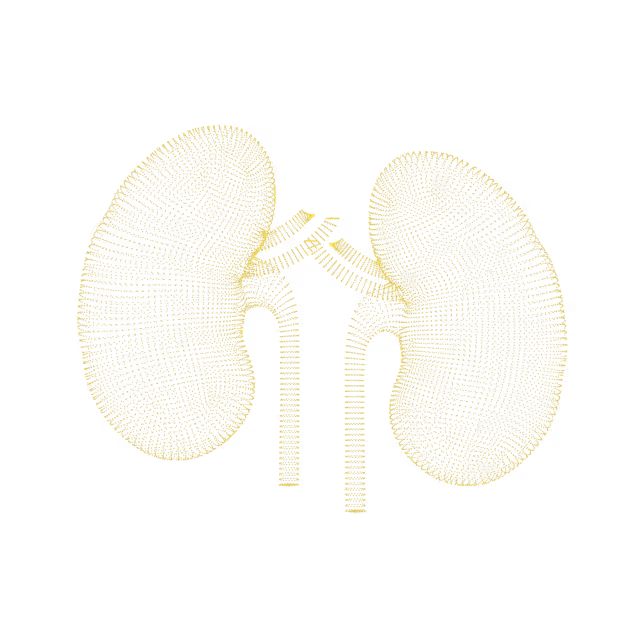
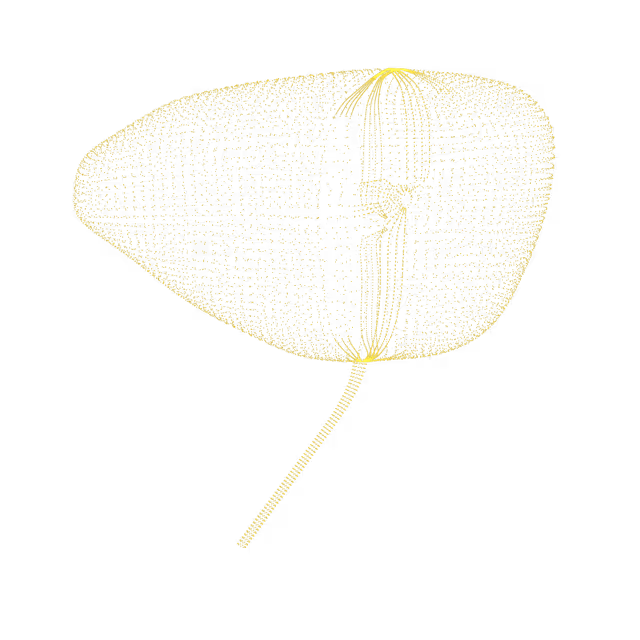
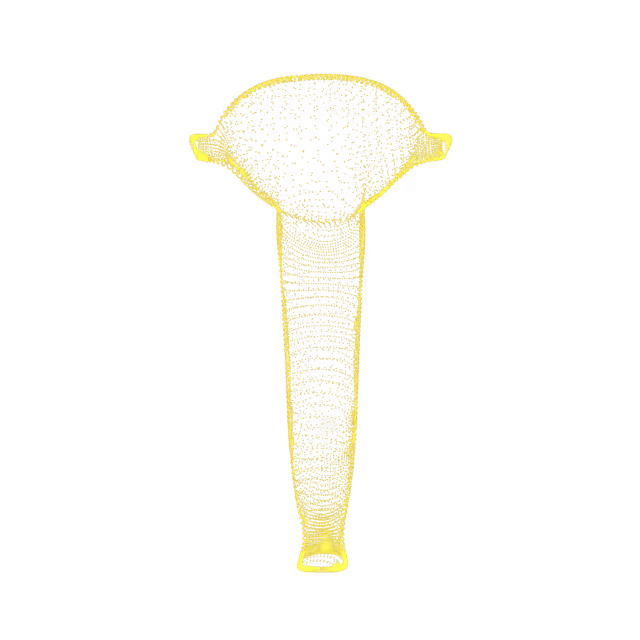
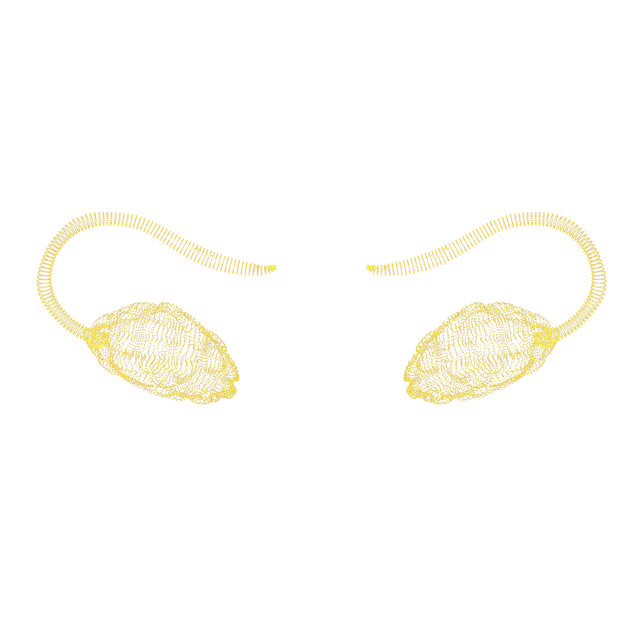
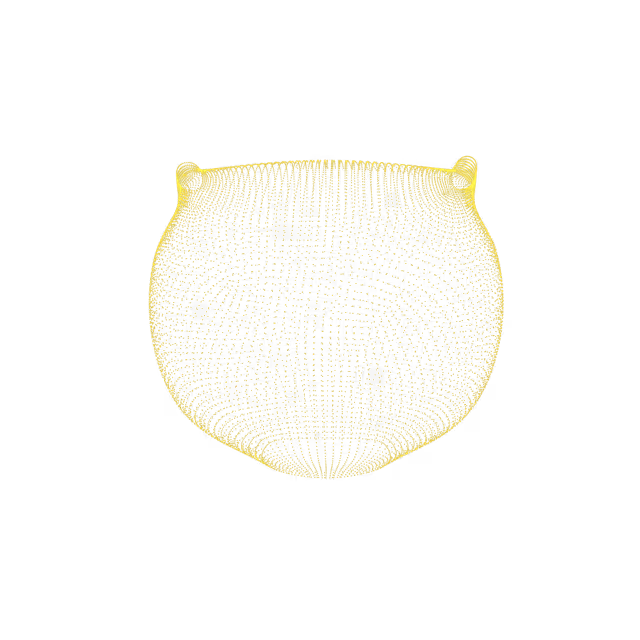

Fat-containing tumors are the most common soft-tissue tumors encountered clinically with the vast majority being benign (non-cancerous). Lipomas are the most common type of fat-containing tumors and demonstrate a characteristic appearance on MRI. The cause is not fully understood, but there is a genetic factor as they typically run in families. Usually these tumors do not cause symptoms, but can become painful if large and pressing on nearby nerves. Diagnostic evaluation includes physical exam, biopsy (tissue sampling), and a dedicated CT or MRI. Treatment is not indicated unless the tumor is growing in size or causes pain, in which case it can be removed surgically. Fat-containing tumors may also resemble a form of cancer called liposarcoma (cancerous tumors in fatty tissues that grow rapidly, don’t move under the skin if pushed from side to side, and are usually painful). A biopsy and/or MRI or CT scan is typically performed if liposarcoma is suspected.
The hip is a ball-and-socket joint. The ball moves in the socket, allowing the leg to rotate and move forward, backward and sideways. As an individual ages, it is common for the cartilage (thin tissue that covers bone surfaces providing smooth, friction-free movement) in the hip joint to wear down. Degenerative hip joint changes can cause symptoms such as pain, stiffness, swelling around the joint, tenderness, limited range of motion, or a sensation of catching or grinding in the joint with movement.
The humeral head is located at the top of the upper arm bone (humerus). It is the ball of the ball-and-socket joint that makes up the shoulder.Enthesophytes are bony proliferations (spurs) that develop at an enthesis (the area of attachment of a ligament, tendon or articular capsule [which provides cushion and protection to the joint whenever the joint moves] with bone). They are oriented along the direction of pull and develop in response to repetitive mechanical stress or a more generalized inflammatory condition.Enthesophytes usually do not cause symptoms, but sometimes large spurs can physically compress nerves and cause stiffness, pain, weakness, tingling or numbness.
The humeral head is located at the top of the upper arm bone (humerus). It is the ball of the ball-and-socket joint that makes up the shoulder.Cysts are non-cancerous fluid-filled sacs that can form in joints. Cysts of the humerus are common, and are often associated with rotator cuff tear or aging wear-and-tear (degenerative changes). Risk factors include obesity, smoking tobacco, familial history of osteoarthritis, abnormal joint alignment or unusual joint shape and prior joint injury. Symptoms, if present, can include discomfort, mild to moderate pain and limited joint flexibility.
Joint effusion refers to a condition in which excess fluid accumulates in or around a joint. The condition is most often caused by infection, injury, or arthritis. Symptoms, if present, include swelling, redness, warmth, pain and stiffness.
Avascular necrosis (AVN) is the death of bone tissue due to a loss of blood supply. Although AVN is poorly understood, causes and risk factors for avascular necrosis of the hip include trauma (e.g. dislocation and fracture), chronic corticosteroid therapy, excessive alcohol intake, smoking, and other conditions that compromise blood circulation to the femoral head (the highest part of the thigh bone). In its early stages, AVN usually doesn’t cause symptoms. As the disease progresses, it may cause pain in the region of the affected hip, thigh, groin, and buttock. If avascular necrosis is not treated it can eventually cause the hip joint to collapse.
Spondyloarthritis (or spondyloarthropathy) is the name for a family of inflammatory rheumatic diseases that cause arthritis. It differs from other types of arthritis because it involves the sites where ligaments and tendons attach to bones. Symptoms present in two main ways. The first is inflammation causing pain and stiffness, most often of the spine. Some forms can affect the hands and feet or arms and legs. The second type of presentation is bone destruction causing deformities of the spine and poor function of the shoulders and hips.Many people with spondyloarthritis progress to having some degree of spinal fusion, known as ankylosing spondylitis. Ankylosing spondylosis (AS), a type of progressive arthritis, leads to chronic inflammation of the spine and sacroiliac joints. Usually the first sign of AS is sacroiliitis (inflammation of the sacroiliac joint). The sacroiliac joints are where the bone above the tailbone (sacrum) meets the bones on both sides of the buttocks (iliac). Sacroiliitis causes pain in the low back and buttock areas. The damage to the bone from AS starts a process where the body continuously tries to repair the damage with scar tissue and new bone tissue. The body responds by producing calcium deposits around the area of the damage, attempting to heal the bone and leading to a fusion of the joints/spine.
The acetabulum is the socket of the hipbone, into which the head of the femur (thigh bone) fits. A labrum is a cup-shaped rim of cartilage that lines and reinforces a ball-and-socket joint. Ossification is the process of bone remodeling. When a fracture occurs, the body’s healing and remodeling process can have a typical appearance on imaging. If a labrum is injured (e.g. torn) it can become hardened, calcified, and even turn into bone (ossified). Os acetabuli are unfused ossifications at the upper acetabular margin. All of these indicate an increased probability of impingement of the hip joint. The result is increased friction during hip movements that may damage the joint.Symptoms include pain in the groin after prolonged sitting or walking. Many athletes often describe pain in the groin with deep flexion or rotation of the hip during activity. Occasionally, a popping or clicking in the front of the hip is described. Pain may also radiate along the side of the thigh and in the buttocks.
Bone marrow is the tissue inside bones that forms the various blood cell types. Marrow is mainly “red marrow” in babies, and over decades, as fat normally replaces part of the marrow, it becomes “yellow marrow.” Yellow marrow can turn back into red marrow when there is increased oxygen demand. This can be seen in athletes (such as marathon runners), heavy cigarette smokers and people with congenital red blood cell problems (such as sickle cell disease).
Enchondromas are benign cartilage-forming tumors that develop in the marrow cavity of long bones. They account for approximately 3% of benign bone tumors.The signs and symptoms vary depending upon the anatomic site, extent, and distribution of involvement. Most enchondromas are asymptomatic (do not cause symptoms) unless a fracture is present or impending. They often are incidental findings (found in passing when looking for something else).


© 2025 Ezra